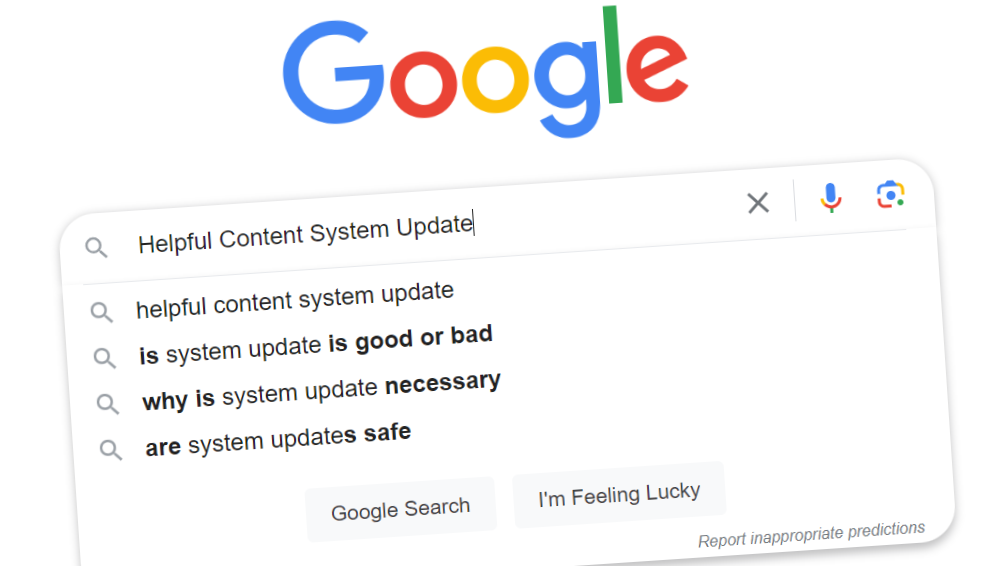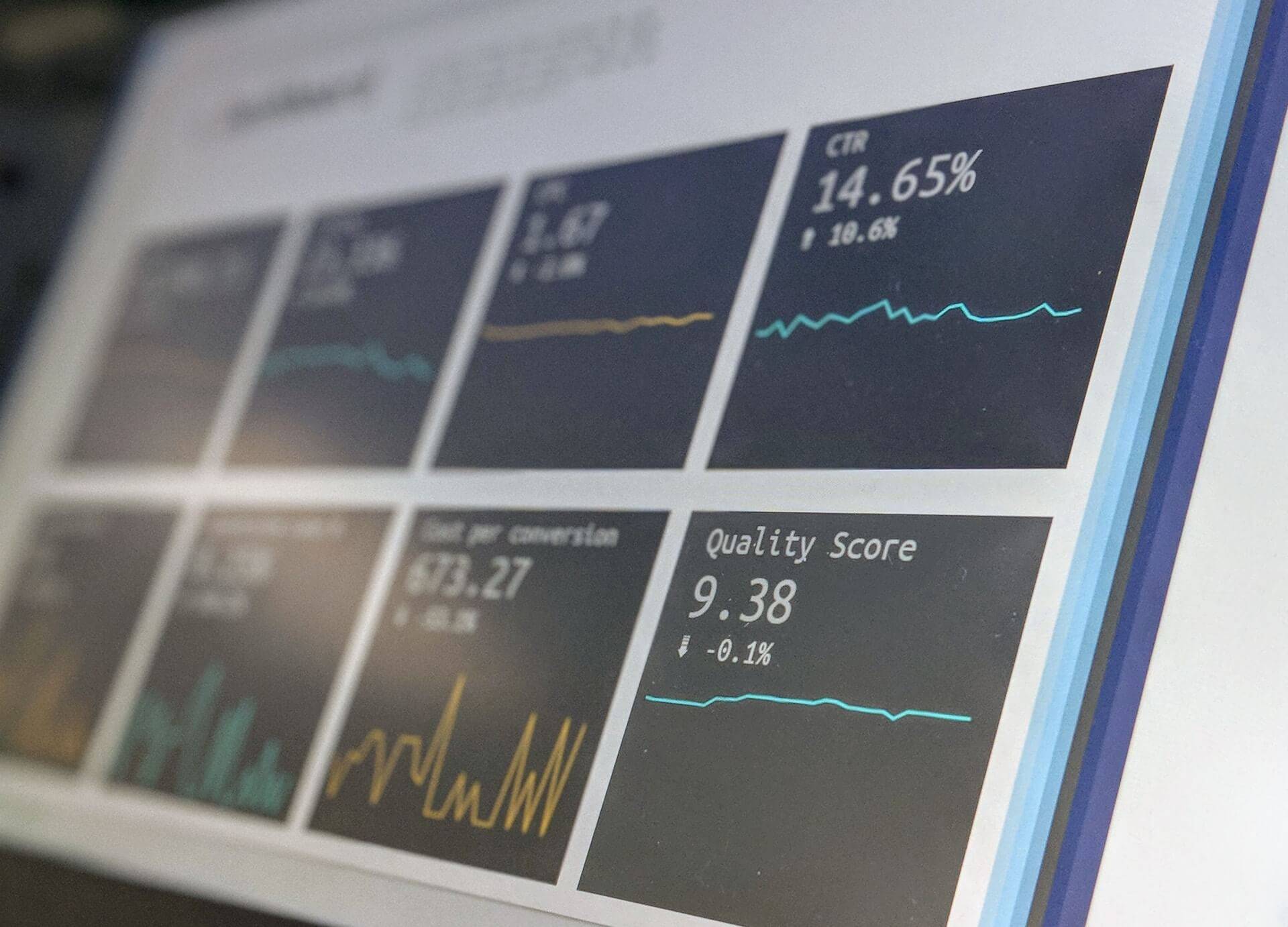Mastering Core Web Vitals: Elevating Your Website’s Performance and SEO

In the dynamic world of web development, user experience and search engine optimization (SEO) go hand in hand. Enter Core Web Vitals – a trio of metrics designed to gauge the performance of web pages. In this article, we delve into the significance of these metrics and offer actionable tips to enhance your website’s performance and SEO.
Understanding Core Web Vitals Metrics
LCP: Largest Contentful Paint The clock starts ticking when a user lands on your web page. LCP, or Largest Contentful Paint, measures the time it takes for the most prominent content element to load and become visible. Whether it’s an eye-catching image or a pivotal block of text, LCP assesses the moment when users first lay eyes on the core content.
FID: First Input Delay The interaction between users and your website is pivotal. FID, or First Input Delay, quantifies the time lag between a user’s attempt to interact and the system’s response. A low FID score ensures that users can engage with your page without encountering frustrating delays.
CLS: Cumulative Layout Shift Ever experienced a webpage suddenly shifting its layout just as you were about to click a link? CLS, or Cumulative Layout Shift, captures such instances of visual instability during page loading. A low CLS score ensures a smooth and coherent visual experience for users.
The SEO Connection
Google’s declaration regarding Core Web Vitals leaves no room for ambiguity: these metrics significantly influence SEO rankings. Websites with Impressive Core Web Vitals scores are poised to ascend the search engine ladder, reaping the rewards of higher visibility in search results.
Elevating Your Core Web Vitals Scores
1. Optimize Your Images Images are often the crown jewels of web content, but their size can slow down loading times. Optimize images by compressing them without compromising quality, ensuring a seamless experience for users.
2. Harness a Content Delivery Network (CDN) A CDN acts as a speed booster by caching your content on servers located closer to your users. Reduced server distances translate to quicker loading times, an essential factor in improving Core Web Vitals scores.
3. Minimize Your Code Minification is the magic word here. Trim excess code by eliminating unnecessary characters and whitespace, effectively reducing file sizes and boosting loading speeds.
4. Embrace Lazy Loading Lazy loading is a strategic tactic. By deferring the loading of images and other resources until they are in view, you create a more efficient loading process.
5. Regular Testing with Google Lighthouse Staying on top of your website’s performance is paramount. Tools like Google Lighthouse provide insightful evaluations of your Core Web Vitals scores, helping you track progress and identify areas for improvement.
A Brighter Future for Your Website
Core Web Vitals have emerged as a pivotal bridge between user experience and SEO. By prioritizing these metrics and implementing strategic improvements, you set the stage for a website that not only dazzles users with its performance but also secures a higher standing in search engine rankings. In a digital landscape where milliseconds matter and user satisfaction is paramount, mastering Core Web Vitals becomes a strategic imperative.




